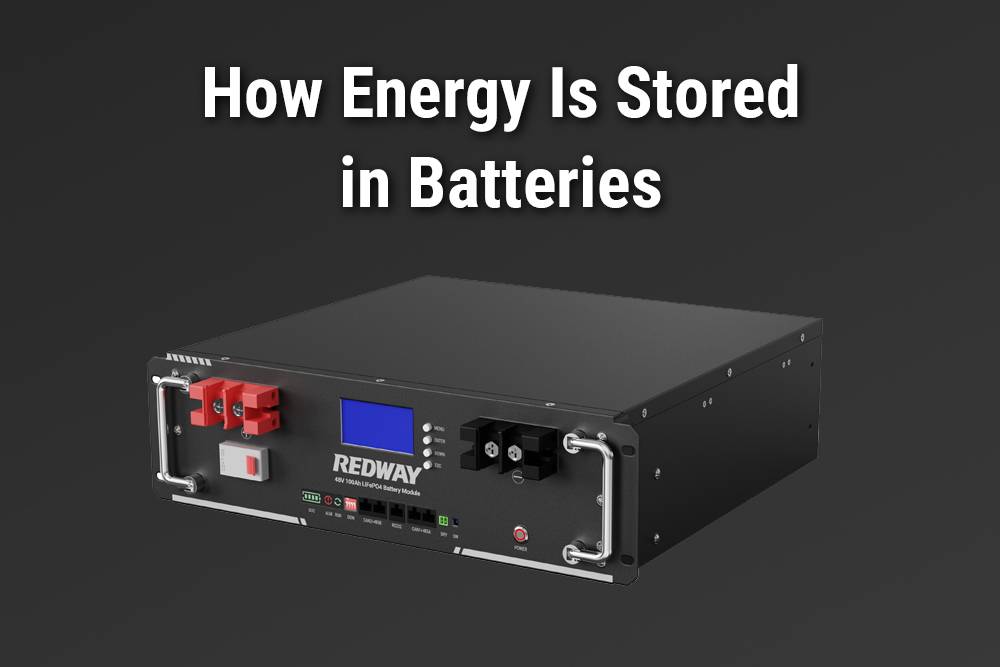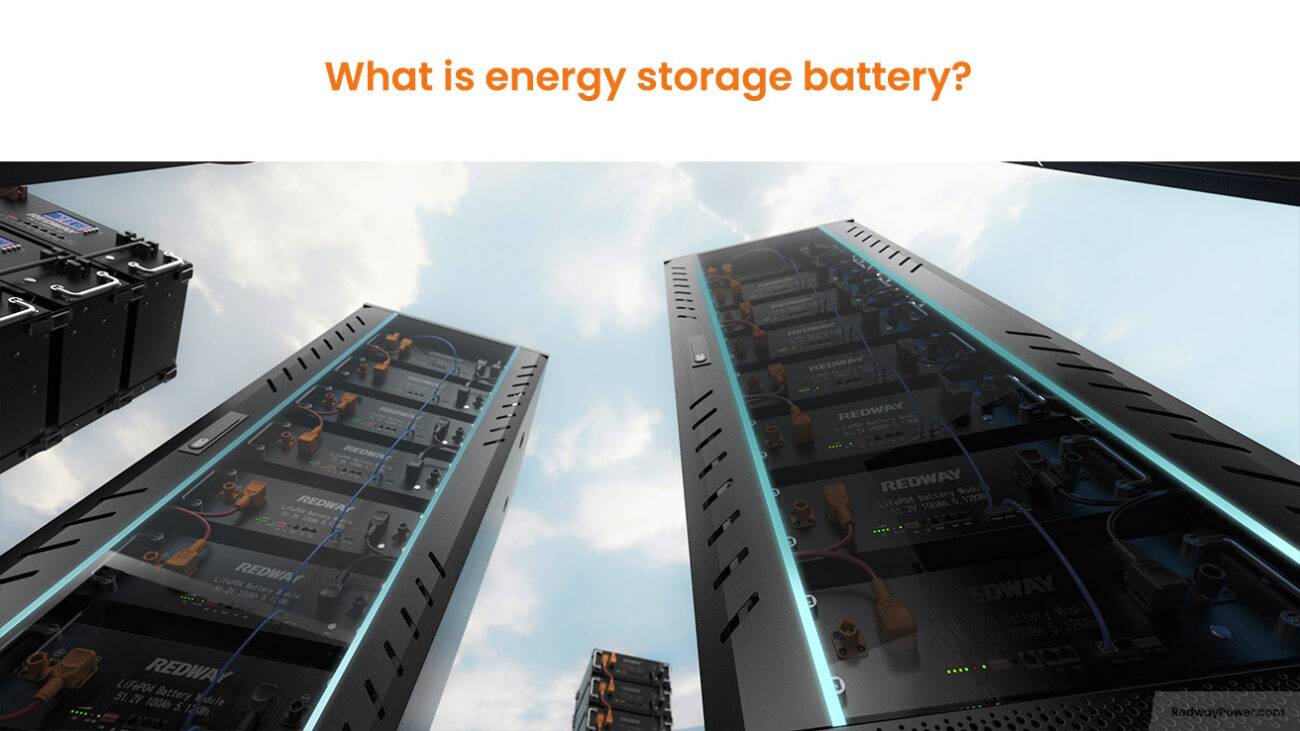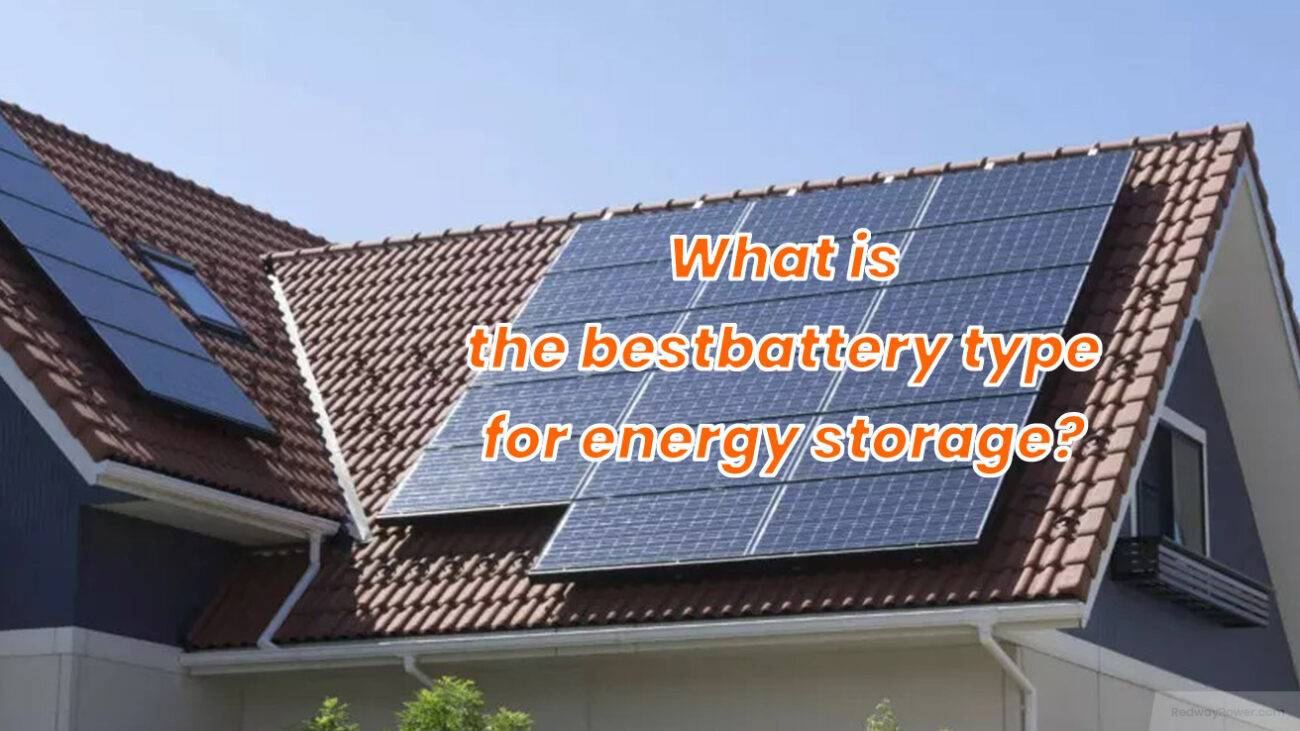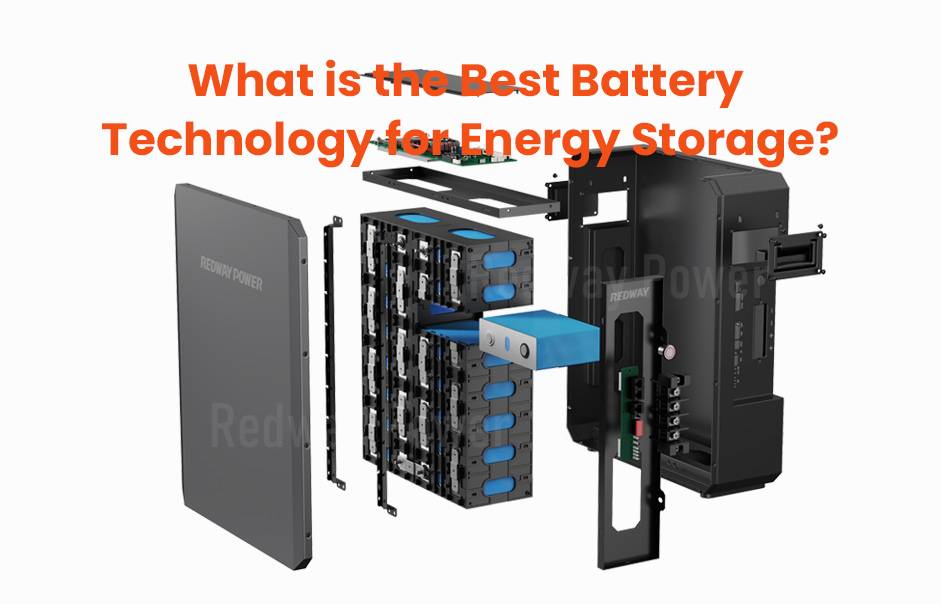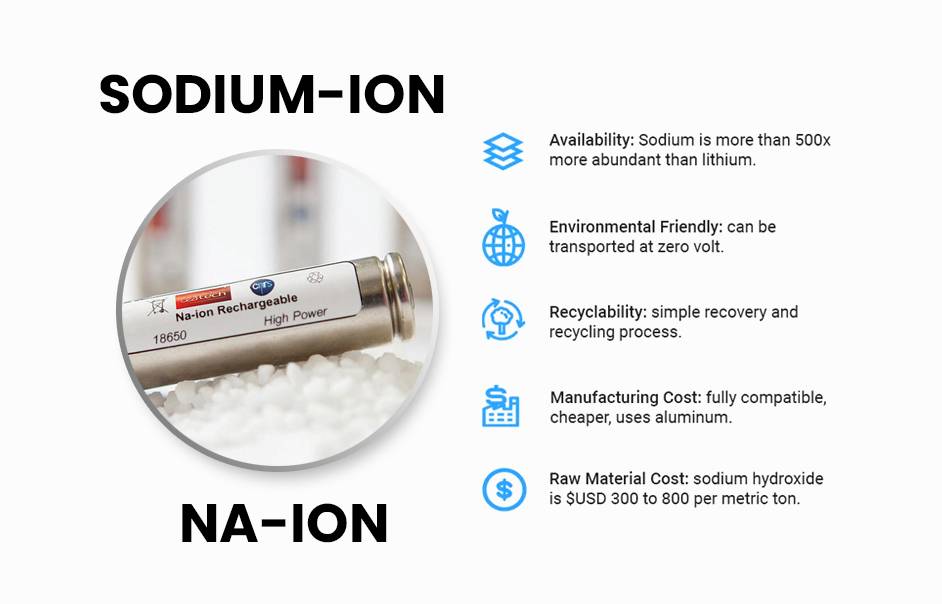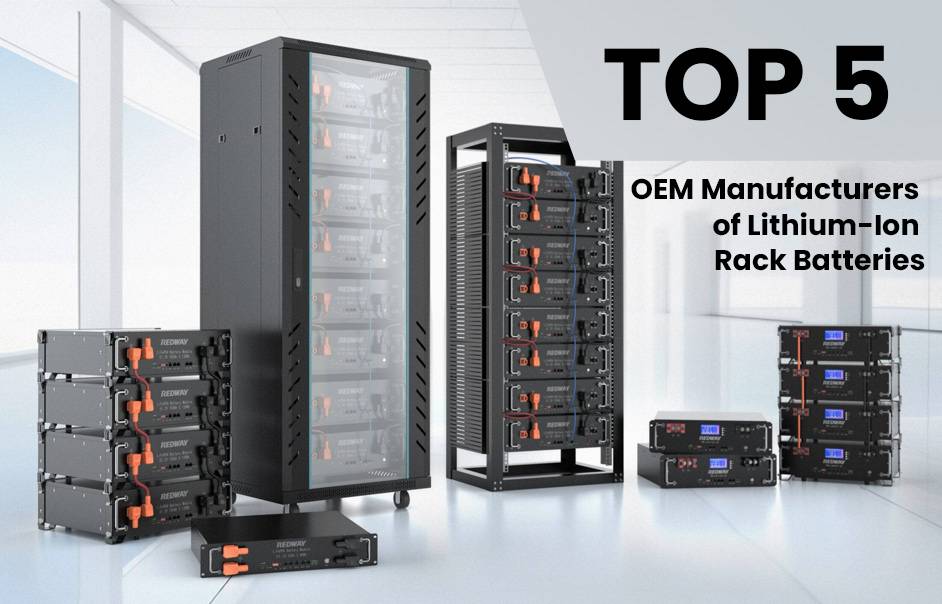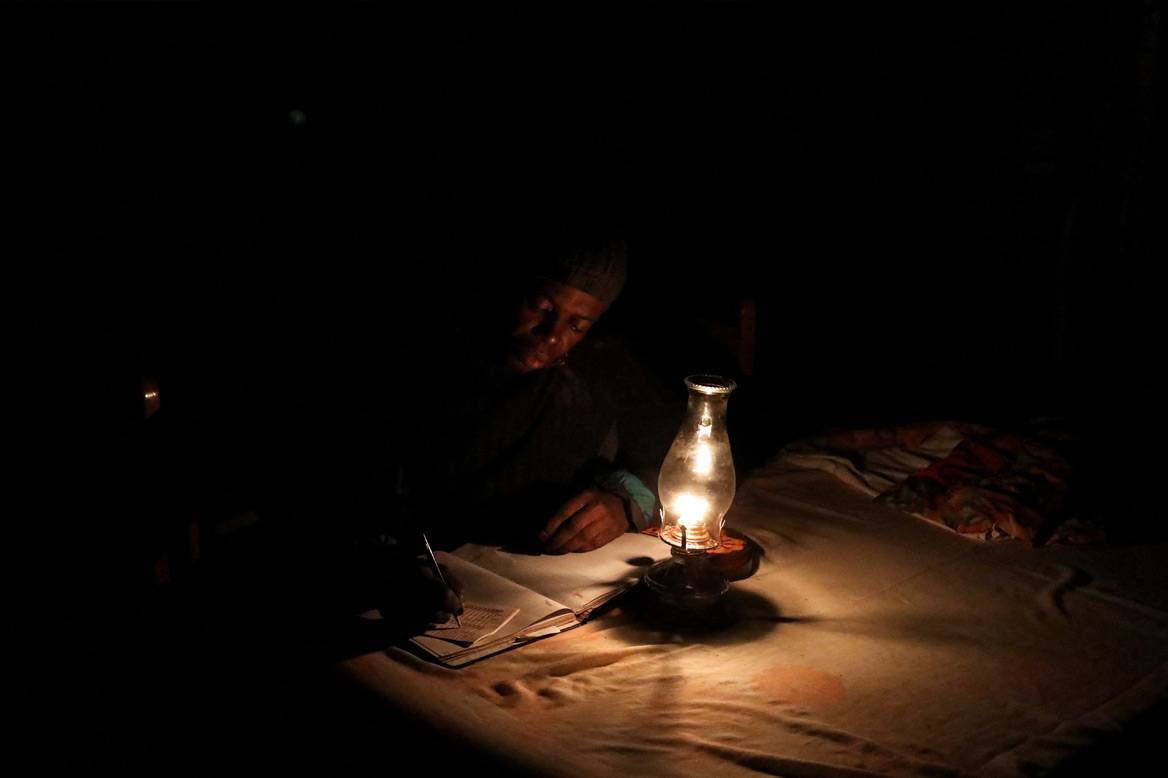Energy is everywhere around us, from the sunlight that warms our skin to the food we eat for breakfast. But what exactly is energy, and how do we store it for later use?
Understanding Energy and its Storage
Think of energy as the fuel that powers everything around us. It’s the ability to do work or make things happen, like moving a car or lighting up a room. We can store energy in different forms, like in batteries or as potential energy in objects waiting to be released, like a stretched rubber band.

The Feasibility of Storing Electrical Energy
You might wonder if we can store electrical energy, just like we store water in a tank or food in the fridge. The answer is yes! We can store electrical energy in devices called batteries. These batteries store electrical energy as chemical energy, which can be converted back into electricity when needed.
How Is Energy Stored in Batteries?
Energy is stored in batteries through a chemical process known as electrochemical reactions. In a typical lithium-ion battery, which includes 21700 and 20700 batteries, this process involves the movement of lithium ions between two electrodes, typically made of different materials.
Here’s a simplified explanation of how energy is stored in lithium-ion batteries:
- Charging: When a lithium-ion battery is connected to a charger, an external electrical current is applied to the battery. This current causes lithium ions to move from the positive electrode (cathode) to the negative electrode (anode) through an electrolyte solution. During this process, energy is stored in the battery.
- Discharging: When the battery is used to power a device, the process is reversed. The lithium ions move back from the negative electrode (anode) to the positive electrode (cathode) through the electrolyte, generating an electrical current that can power the device connected to the battery. As the lithium ions move, the stored energy is released.
- Repeating the Cycle: This charging and discharging process can be repeated multiple times, allowing the battery to be recharged and reused.
The amount of energy that a battery can store depends on various factors, including its size, chemistry, and design. Different battery chemistries may have different energy storage capacities and characteristics.
Overall, the energy stored in batteries is in the form of chemical potential energy, which is converted into electrical energy when the battery is used to power a device.
Diverse Battery Types and Energy Storage Mechanisms
Not all batteries are the same. There are many types of batteries, each with its own way of storing and releasing energy. For example, alkaline batteries, like the ones in your TV remote, use zinc and manganese dioxide to store energy. Lithium-ion batteries, found in smartphones and electric cars, use lithium compounds to store energy more efficiently and for longer periods.
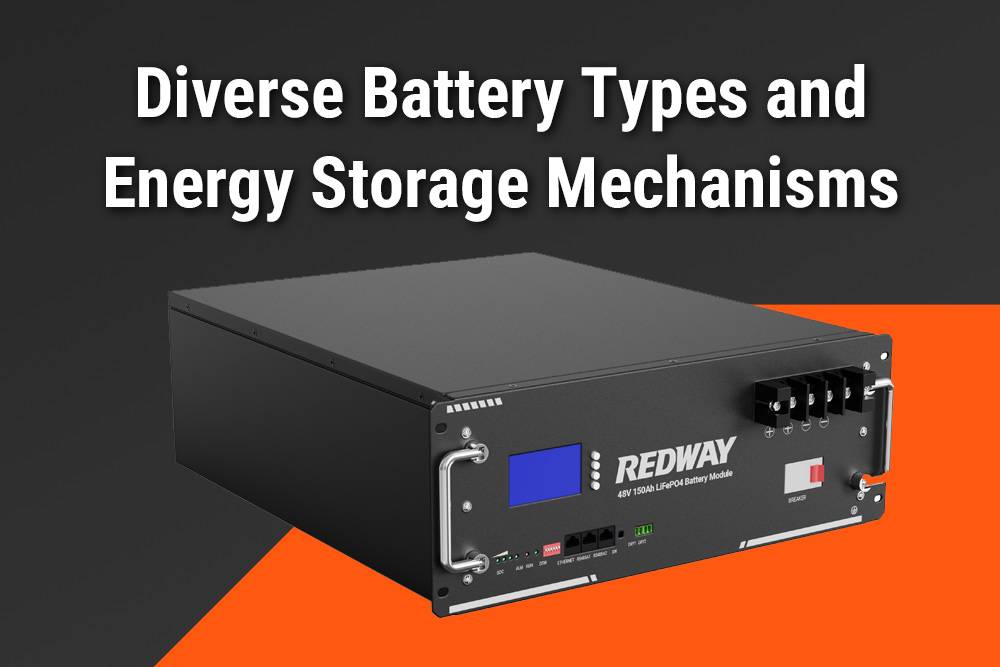
The World Powered by Battery Energy
Everywhere you look, you’ll find examples of battery-stored energy powering our world. From the smartphone in your pocket to the electric cars on the road, battery energy storage is everywhere. It’s what keeps our devices running, our cars moving, and our lives connected.
In conclusion, energy is all around us, and storing it for later use is crucial for powering our modern world. Batteries play a vital role in this process, storing electrical energy in various forms and releasing it when needed. Whether it’s lighting up a room or driving a car, battery-stored energy powers our lives in countless ways, making it an indispensable part of our daily lives.

FAQs
What is the basic principle behind energy storage in batteries?
Batteries store energy through chemical reactions that occur between the materials inside them. During charging, energy is converted into chemical potential energy, which is then released as electrical energy when the battery is used.
How do different battery chemistries store energy?
Various battery chemistries, such as lithium-ion, lead-acid, and nickel-metal hydride, store energy through different chemical reactions. For example, lithium-ion batteries store energy by moving lithium ions between electrodes, while lead-acid batteries store energy through reactions involving lead dioxide and lead.
What factors influence the energy storage capacity of a battery?
The energy storage capacity of a battery depends on its size, chemistry, design, and operating conditions. Factors such as electrode materials, electrolyte composition, and cell configuration can also impact energy storage.
How is energy stored and released in the charging and discharging process?
During charging, energy is stored as chemical potential energy by moving ions from one electrode to another. During discharging, these ions move back, releasing stored energy in the form of electrical current that can power devices.
Can batteries store unlimited amounts of energy?
Batteries have a finite storage capacity determined by their chemistry and design. Attempting to overcharge a battery or exceed its storage limits can lead to damage, reduced performance, or even safety hazards.
How efficient are batteries at storing and releasing energy?
Battery efficiency varies depending on factors such as charging/discharging rates, temperature, and age. Generally, lithium-ion batteries, for example, can be highly efficient, with charge/discharge efficiencies typically exceeding 90%, but efficiency may decrease over time with use and aging.

